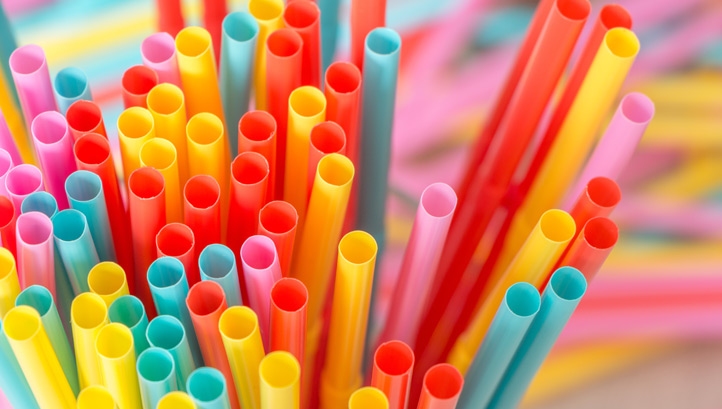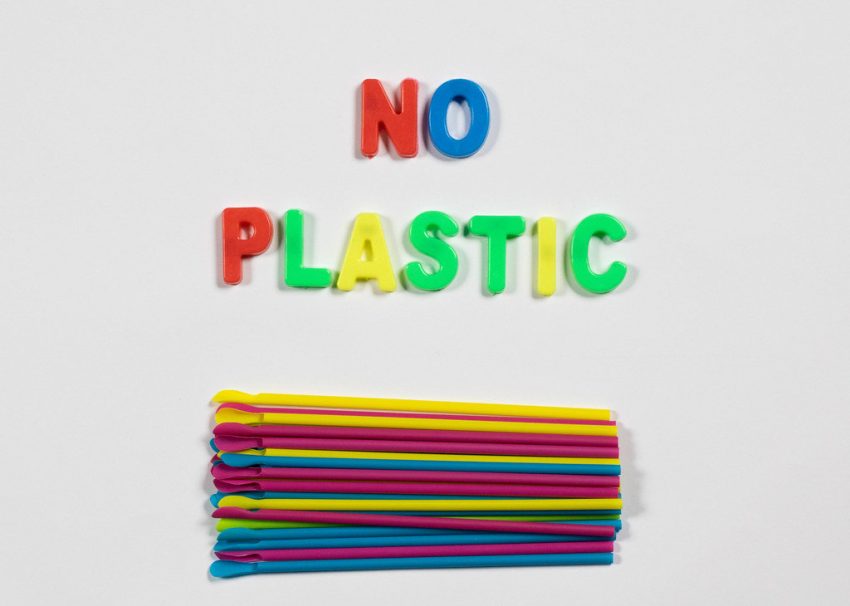Plastic straws are cheap and are one of the most widely used products since the last century. However, there are some excellent reasons to switch to more sustainable alternatives. (For example, there are reusable straws.)
But what’s wrong with such a small piece of plastic? Read on to find out about the six harmful properties of plastic straws!
1) Animals and Fish Become the Victim of Plastic
We sincerely hope you haven’t seen the video of the turtle with a straw inserted into its nasal cavity.
The video shows the severe consequences of plastic waste. It is excruciating to watch, but the video has been viewed over 9 million times on YouTube.
But why do land and sea creatures eat plastic waste? Firstly, because to them, plastic looks like food. Turtles can’t tell the difference between a plastic bag and a tasty jellyfish. Plus, plastic smells like food. A new study shows that smells like plastic activate fish’s sense of taste. This is what draws fishes towards plastic, and they ultimately get harmed. Therefore, this waste has severe implications for animal welfare.
Here are some shocking facts:
-Plastic waste is found in 90% of seabirds.
-Plastic waste kills about 100,000 sea turtles and other marine life every year.
2) BPA
Plastic straws also contain BPA (Bisphenol A). This chemical is used as a “building” material; excessive intake of BPA can have adverse health effects. However, the specific health risks involved are a matter of debate among experts, but it has been linked to obesity, ADHD, diabetes, and prostate cancer; BPA can also affect the immune system of young children. For this reason, the EU strictly regulates the use of BPA in food. For example, it is no longer allowed to be used in baby bottles. Want to be more cautious? Then you can order stainless steel straws.
3) Drinking Microplastics
Besides threatening the welfare of animals, plastic straws are not suitable for you (or your child) either. When you drink from a plastic straw, you are ingesting microplastics. The impact of microplastics on our health is still unknown.
In August 2019, the World Health Organization (WHO) invited scientists to investigate the impact on public health. Until the results are in, we have to be critical. We don’t yet know how microplastics will affect our bodies in the long term.

4) Straws Have a Lifespan of Over 200 Years
Shocking! Plastic straws are one of the top five objects found on the beach. They do get lost everywhere. According to a survey, there are 8.3 billion straws on the world’s beaches. How long have they been there? Probably more than 200 years. Plastic straws don’t break down in nature; after a minute or two of use, they last forever.
5) Not Recyclable
Plastic straws are not recyclable. They must be thrown away in the trash after use. Plastic products are residual waste. Okay, so they can’t be recycled. But what happens to plastic straws? In the right case, they become garbage, but they can be incinerated for energy. In the worst case, the straws will stay in nature for hundreds of years.
6) Single-Use Plastic
Plastic straws are made to be thrown away. The average usage time is about 2 to 5 minutes. After that, nothing can be done, so it’s a shame. The more times it can be used, the more sustainable it is. One of the most sustainable alternatives to plastic is metal straws. Metal straws can be used for a lifetime, and you won’t have to buy new straws anymore.

Share your thoughts with us in the comments below!

